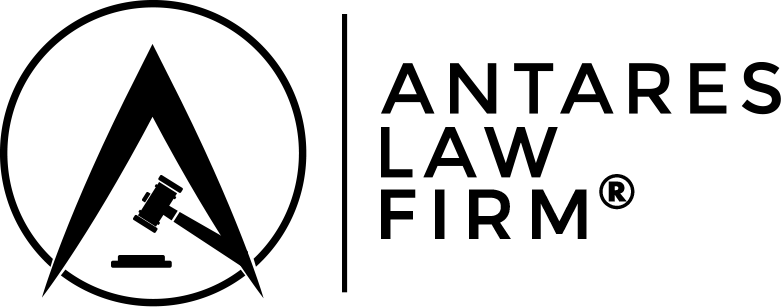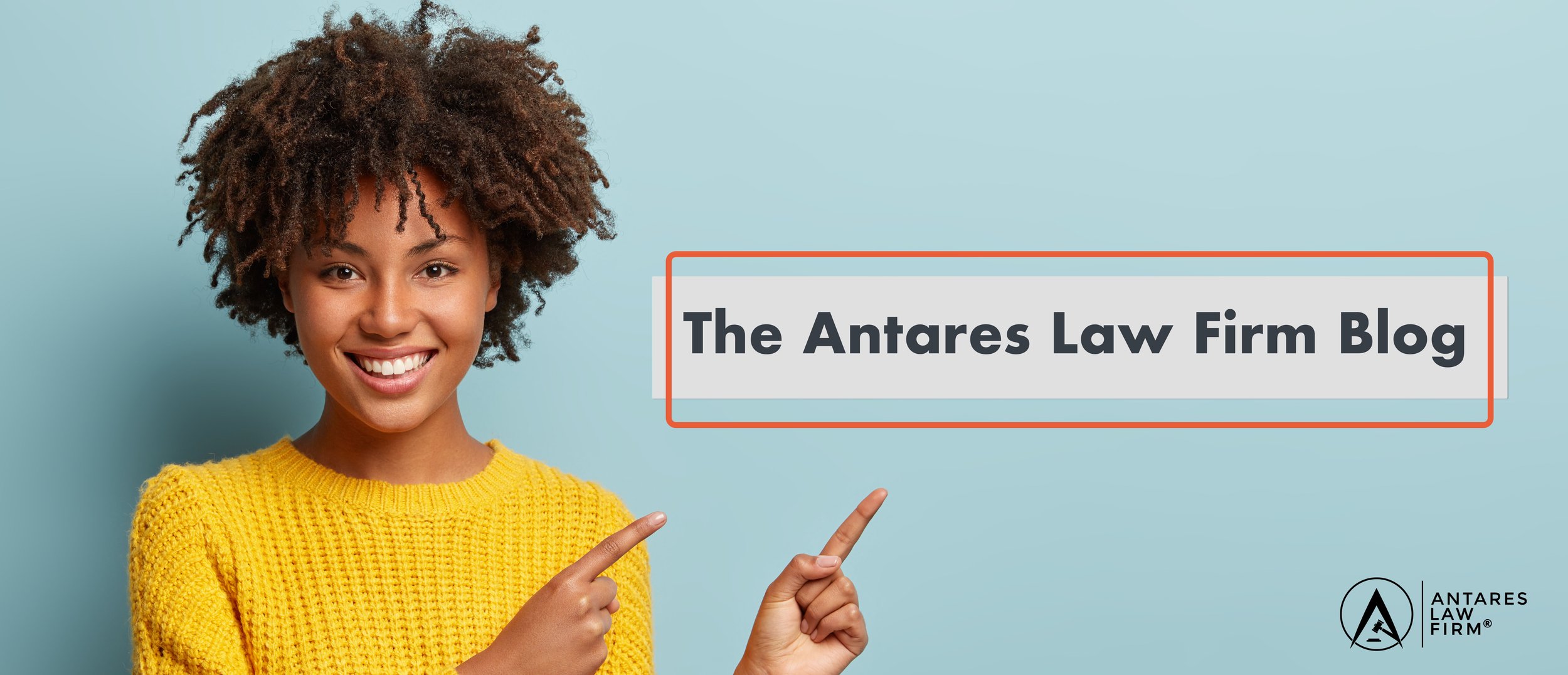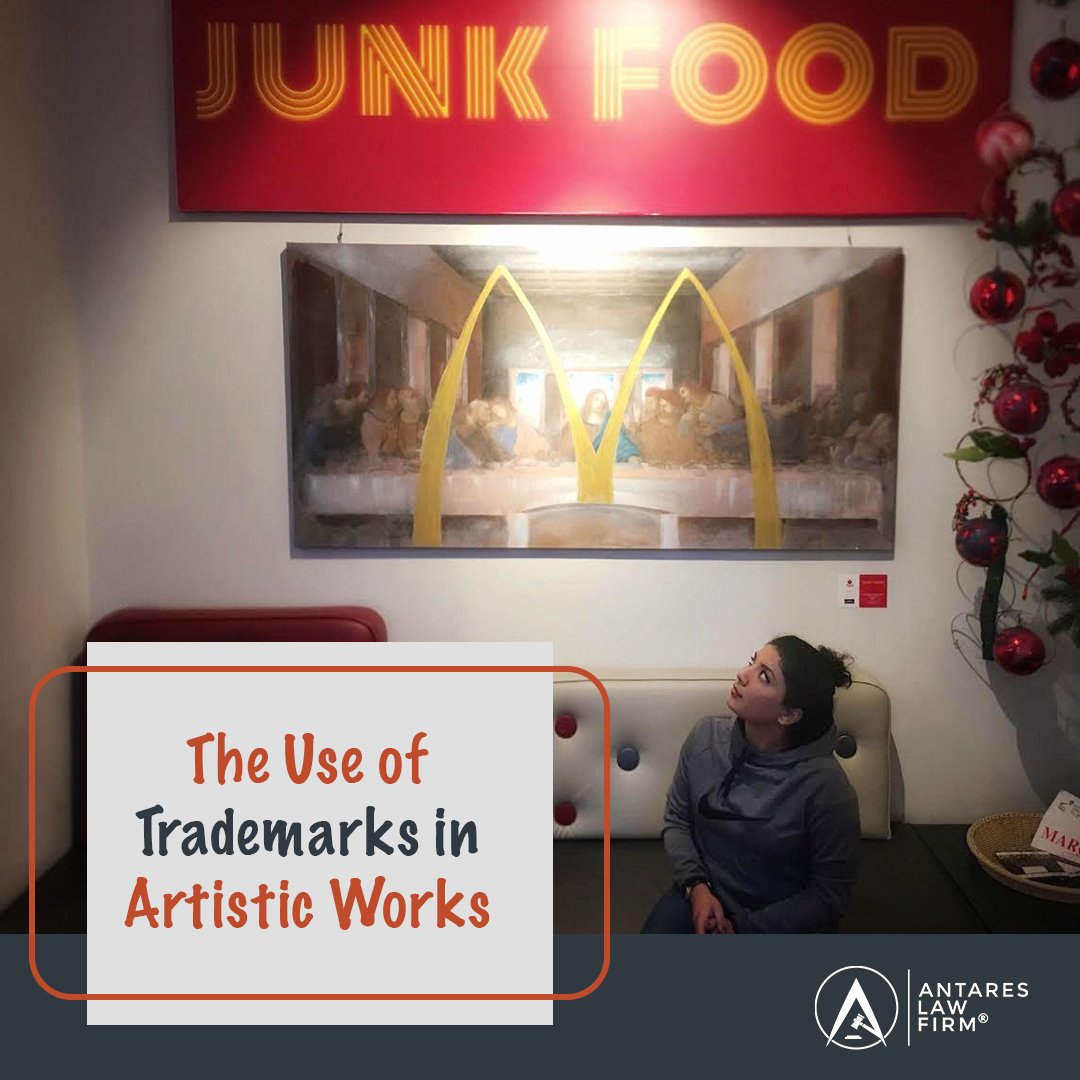Trademarks in Artistic Works
“Life imitates art far more than art imitates life.” - Oscar Wilde.
It’s common to see famous trademarks in our favorite movies, paintings, books, and other artistic works. Think about how often you see the Starbucks Siren or the McDonald’s “M” in a television show or movie. Sometimes artistic works utilize others’ trademarks with permission for purposes of advertising, but in other instances artists utilize others’ trademarks in their works as parody or artistic social commentary. Consider the use of Campbell's soup cans in Andy Warhol’s famous works, or the use of numerous famous trademarks in the Simpsons or South Park. The question arises when does the protection of trademark law end and the First Amendment free speech begin?
Basics of Trademark Law
Under the Lanham Act, trademark law aims to prevent unfair competition and sanctions unauthorized use of trademarks. Unfair competition is present where an individual or business is using the trademarks of another individual or business under circumstances where consumers are likely to become confused.
The law aims to avoid counterfeit products and fraudulent service providers. Trademark law provides sanctions against the unauthorized use of trademarks through litigation and administrative proceedings. To succeed in a trademark infringement lawsuit, a trademark owner must prove that their trademark is valid, they own their trademark, and the use of their mark by a third party is likely to create confusion among customers or to deceive consumers as to the affiliation, connection, or association between their goods or services and those of a third party.
Roger’s Test for Trademarks in Artistic Works
In entertainment law the traditional test of trademark infringement is not as simple. Imagine you are watching a sketch comedy show like Saturday Night Live, and the writers utilize a famous brand or a famous celebrity (not being featured in that episode) to make comedic content. Such parody may be permitted without securing trademark licenses or permission because of the First Amendment’s freedom of speech clause. In most cases, the likelihood of confusion test does not ordinarily apply to cases involving artistic works. The use of a trademark in an artistic work is actionable only if the mark 1) has no artistic relevance to the underlying work whatsoever; or 2) explicitly misleads as to the source of the work. This is often referred to as the Roger’s test.
The bar for artistic relevance, the first prong of the Roger’s set, is set rather low. In Twentieth Century Fox Television v. Empire Distribution, Inc. (9th Cir. 2017), the Court held that Fox’s use of a fictitious record label called “Empire Enterprises” in a television program did not infringe on the trademarks of Empire Distribution, an actual label in real life. The court indicated, “The bar is set low: the level of relevance merely must be above zero.” The court held that while consumers may confuse the fictitious record label with the real life one, there was nothing explicitly misleading about the use of the mark and trademark law provided no protection.
It is important to note, while most Circuit Courts have upheld the Roger’s test, many jurisdictions, like the 10th Circuit, have never affirmed the test.
NFTs and the Roger’s Test
Famous trademarks are now appearing in NFTs or non-fungible tokens. Nearly everything is being tokenized these days, including art, music, movies, games, collectibles, and much more. As famous trademarks become part of digital art, the Roger’s test is applied to NFT regulation.
Read more about NFTs on the Antares Law Firm blog: “What’s the deal with Trademarks and NFTs?”
In December 2021, French brand Hermès filed a lawsuit against Mason Rothschild, a creator and seller of MetaBirkin NFTs, which resemble Hermès Birkin bags. The Birkin bag has become a household name in high-end fashion and is often described by fashion gurus as one of the most highly coveted luxury handbags on the planet. Rothschild took to social media claiming that the First Amendment gave him the right to make and sell art that depicts the Birkin bags “just as it gave Andy Warhol the right to make and sell art depicting Campbell’s soup cans.” Rothchild’s NFTs contained digital images of furry versions of the Birkin bags.
Hermès argued that the MetaBirkin NFTs infringed on its “BIRKIN” trademark, whereas Rothschild countered that the NFTs were artwork and therefore protected by the Roger’s test. The District Court judge recently issued an order denying Rothschild's motion to dismiss the case but held that the Roger’s test applied, setting the stage for future trademark litigation.
Trademark Dilution for Famous Trademarks
Unlike less popular marks, famous marks can claim dilution under the Federal Trademark Dilution Act. Trademark dilution prevents well-known marks from being weakened by blurring or tarnishment, as such use would diminish the goodwill embodied in the trademark, even if the infringer is not using the mark in connection with similar goods or services. Trademark blurring occurs when the distinctiveness of the famous mark is impaired, or blurred, by another mark resulting in the consumers being unable to identify the origin of the product. Portraying a mark in a negative way may amount to trademark tarnishment, which occurs through associating a mark with poor quality or using the mark in connection to an illegal act, such as committing a crime.
Mattel, the makers of the infamous doll Barbie, argued for trademark dilution of the “BARBIE” trademark when the pop song “Barbie girl” gained popularity. In Mattel, Inc. v. MCA Records (9th Cir. 2002), Mattel argued that some consumers may hear Barbie’s name and may think of both the doll and the song, or some maybe only think of the song. The Court, however, held that dilutive references in artistic works are protected as non-commercial speech. While television shows, movies, books, songs, and video games may be commercial products, because these works do more than just propose a commercial transaction— they are entertainment—they are exempt from the Federal Trademark Dilution Act.
Considerations
Under the current framework, artists have freedom to use the trademarks of others in their creative works. The law may, however, change as the treatment of art in NFTs, entertainment, and other artistic work evolves through the legal system.
If you are a creative working on an artistic project that incorporates others’ trademarks and are concerned about trademark infringement, contact the Antares Law Firm today.
—Laila Ghauri, Esq., Trademark Lawyer, Antares Law Firm





